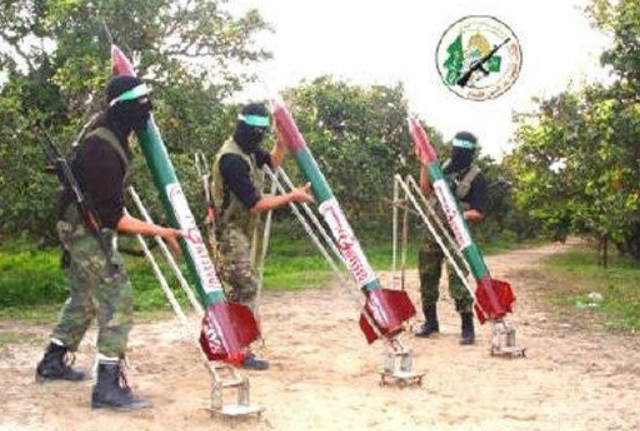Defeating a Western air force with convention air to air combat is nearly impossible. Most Middle Eastern nations have antiquated fighter jets that are no match for a Western air force. Air defenses are important, but are often easily destroyed by Western SEAD (Suppression of Enemy Air Defenses) operations. Several unconventional methods could be used to protect your nation from a Western air Invasion and bombing campaign.
First, a method that dates to WWII, barrage balloons. These are large helium filled balloons that hang steel cables underneath to interfere with aircraft movement. Hundreds of these balloons could be stationed over major cities at 10,000-20,000 feet, and possibly higher. This would possibly cause many bombers and fighter jets to crash into these balloons and be damaged or downed. It would force others to fly low in range of MANPADS.
Barrage Balloons.
Balloons over London with cables.
Jets would have to avoid balloons by flying low.
HE 111 downed by barrage balloons in spite of its metal frame built to cut cables.
A second option are lasers to interfere with aircraft optics and even temporarily blind pilots. If the ZM-87 eye blinding laser could be obtained from North Korea and reverse engineered and mass produced, it could cause havoc for an air force. This laser can blind out to 2 miles and cause temporary blindness out to 6 miles (30,000 feet.) These powerful lasers could blind pilots and destroy aircraft optics. The use of these lasers are considered a war crime, however. Alternatively, powerful civilian lasers could be used to damage optics and temporarily blind pilots.
The ZM-87.
Powerful civilian laser dazzlers could also be used. Hundreds or even thousands of lasers could be fired into the sky on an invading air force.
Jet under attack by laser.
The optics on Western aircraft.
Apache with optics visible under the nose.
F-35 electro-optical sensor under the nose. These optics could be damaged even by powerful civilian lasers.
With jets forced to fly low due to barrage balloons, and being constantly harassed by lasers, MANPADS could come into play effectively. The Igla-S is the most capable MANPADS system in Middle Eastern army inventories. It has a range of up to 20,000 feet, while earlier Igla models have range of 11,000 feet.
With aircraft flying low, obsolete technology could come back in to play like the ZSU-23-4 Shilka SPAAG and conventional anti-aircraft artillery.
ZSU-23-4 Shilka.
Conventional AAA could blanket the skies at low altitudes.
Anti-air artillery could be made to use timed and proximity fused shells. The S-60 57mm and KS-19 100mm are prime candidates for these shells. The S-60 has a range of 20,000 feet while the KS-19 has a range of over 40,000 feet. A timed shell would detonate at a certain altitude, while a proximity shell would detect a radar/radio ping from an aircraft and detonate next to it.
An S-60 57mm.
A KS-19 100mm.
Diagram of a proximity fuse.
Alternatively, domestically made rockets could be produced to fly up and detonate at a certain altitude. These "flak rockets" would be cheap and easy to produce. Hamas produces many rockets in the Gaza Strip, why they haven't come up with this idea is unknown.
With advanced weapons like radar guided air defenses being easily detected and destroyed by a Western power, these unconventional weapons could tilt the balance in an air war and make a bombing campaign very difficult. Barrage balloons, lasers and other strange weapons could change the outcome of an air war if used properly.

















No comments:
Post a Comment